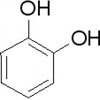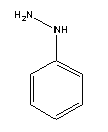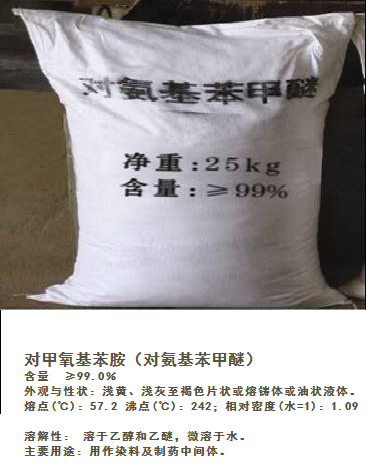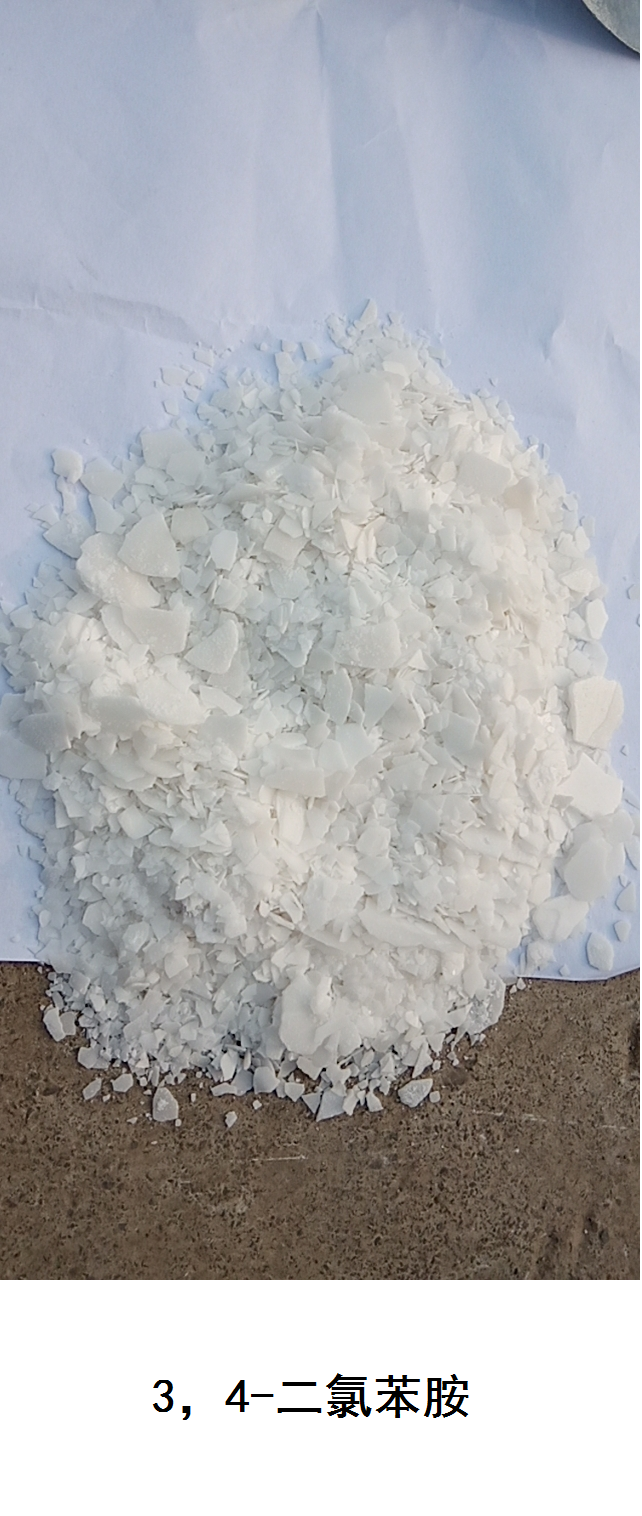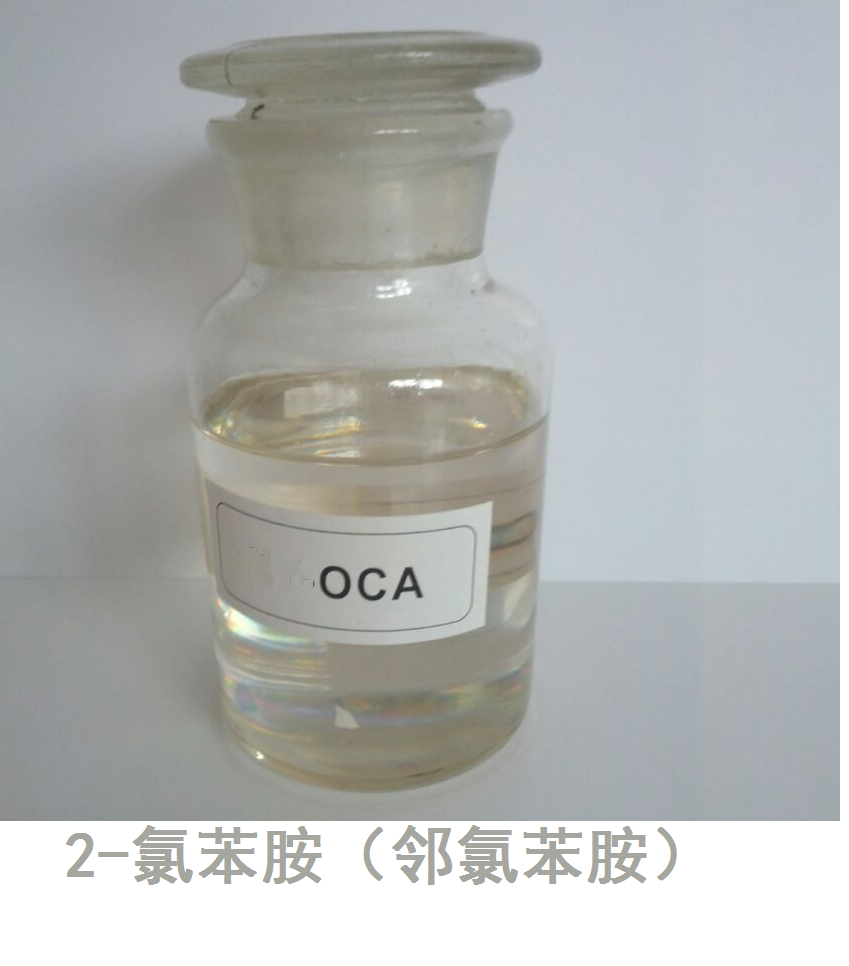Detail
|
CAS NO |
591-27-5 |
Product category: | intermediate |
| Chemical name: |
3-aminophenol 3-aminophenol |
||
|
分 子 式 |
C6H7NO |
Molecular weight |
109.12 |
| Structural type | |||
| Executive standard | Packing specification: | Customer requirements | |
| Main indicators |
Appearance and properties: white or light yellow flake crystal. Melting point (℃): 122 ~ 123 Boiling point (℃): 164 (1.47kpa) |
||
| Main purpose: |
Application 1: dyes and pharmaceutical intermediates, used in the production of anti tuberculosis drugs, p-aminosalicylic acid, stabilizer, developer, color film, etc. Usage 2: used as dyes and pharmaceutical intermediates, for the manufacture of azo dyes Use 3: for organic synthesis Use 4: m-aminophenol is the intermediate of fungicide derustine and fluoroamide. Application 5: dye intermediate, used for manufacturing azo dyes, and also used for fur dyes, such as fur Brown eg, fur yellow eg, etc. It is a pharmaceutical intermediate used for the production of anti tuberculosis drug p-aminosalicylic acid. It is also used to produce antioxidant, stabilizer, developer and color film, and also used for hair dyeing. Use 6: organic synthesis. Dyes and intermediates of p-aminosalicylic acid. |
||
| Other information | |||
| Catechol content: 99.5% packaging: 190kg / barrel | |||
| Catechol | |||
|
Catechol |
|||
| CAS No |
【120-80-9】 |
MDL: |
--MFCD00002188 |
|
Beilstein |
471401 |
EINECS: |
--204-427-5 |
| Molecular formula |
C6H6O2; C6H4-1,2-(OH)2 |
||
| molecular weight |
110.11 |
||
| alias |
Pyrocatechol, catechol, 1,2-dihydroxybenzene, 1,2-dihydroxyphenol |
||
| Molecular structure formula |
|
||
| character |
Colorless monoclinic crystal, water solubility: 430 g / L (20 ° C), soluble in ethanol, benzene, chloroform and ether, easily soluble in pyridine and caustic soda. Discoloration in case of air and light. The solution turns brown in the air. Can sublimate. It can volatilize with water vapor. The aqueous solution quickly turns brown and can reduce silver nitrate ammonia solution and ferring's solution. Melting point: 105 ℃ Boiling point: 245 ℃ Flash point: 131 ℃ Density: 1.37 |
||
| quality standard |
Item chemical purity analytical purity (CP) (AR) Content assay,% ≥ 98.0 99.0 Melting point range: melting range, ℃ 104-106 104-106 Ignition residue,% ≤ 0.1 ≤ 0.04 |
||
| keep in storage | Store in a sealed and dry place away from light. | ||
| purpose |
1. It is an important chemical intermediate, which can be used to manufacture rubber hardener, electroplating additive, skin antiseptic, hair dye, photographic developer, etc. 2. Catechol used as analytical reagent is the intermediate of fungicide acetochlor, insecticide propoxur and carbofuran. 3. It is used to produce berberine and isoproterenol. 4. It can also be used to produce 4-tert-butyl catechol as polymerization inhibitor of styrene, butadiene and vinyl chloride. [7] 5. Catechol is often used as a developer, but its effect is not as strong as that of hydroquinone; It can also be used as reagent and disinfectant. 6. As an important pharmaceutical intermediate, it is used to produce berberine and isoproterenol. |
||
resorcinol
Chinese alias: leisuoxin; 1,3-hydroquinone; 1,3-dihydroxybenzene; R-80; Resorcinol-80; Pre dispersed resorcinol-80; Parent rubber particle resorcinol-80; Drug glue resorcinol-80
English Name: Resorcinol
English alias: 1,3-benzenediol; 1,3-Dihydroxybenzene; Resorcine; 1,3-Dihydroxybenzol
CAS No.: 108-46-3
Molecular formula: C6H4 (OH) 2
Molecular weight: 110.11
Physical and chemical properties: white needle crystal. Exposed to light and air or in contact with iron, it turns pink and has a sweet taste. It is soluble in water, ethanol and pentanol, slightly soluble in chloroform and carbon disulfide, and slightly soluble in benzene.
Application: used in photosensitive film, medicine, dyestuff and chemical fiber industry.
Hydroquinone is a white needle like crystal, combustible, soluble in hot water, ether and ethanol, and slightly soluble in benzene. It is reductive, and brown p-benzoquinone (c6h4o2) is obtained by mild oxidation. P-benzoquinone is reduced to hydroquinone. P-benzoquinone hydroquinone redox pairs exist in many biomolecules, such as coenzyme Q.
The phenol hydroxyl hydrogen of hydroquinone is weakly acidic, and one or two protons can be lost to form the corresponding phenol salt anion. It is mainly used as reducing agent, developer (reducing silver halide to silver), polymerization inhibitor of monomer (acrylic acid, methyl methacrylate), and skin whitening agent. Hydroquinone ether is a raw material in the production of dyes and fragrances.
Hydroquinone is very toxic. If adults take 1g by mistake, they will have headache, dizziness, nausea, vomiting and other toxic symptoms. It is carcinogenic and mutagenic.
Introduction to main uses of hydroquinone
1. Hydroquinone is mainly used as a developer for photography. Hydroquinone and its alkylates are widely used as polymerization inhibitor added during monomer storage and transportation, and the commonly used concentration is about 200ppm. Hydroquinone monomethyl ether is the intermediate of antioxidant BHA in edible oil; Hydroquinone dimethyl ether is an intermediate of dyes, organic pigments and spices; Hydroquinone diethyl ether is an intermediate of photosensitive pigments and dyes. Hydroquinone is also used to prepare n, n '- diphenyl p-phenylenediamine, which is an antioxidant and deodorant for rubber and gasoline.
2. Used as antioxidant for rubber and gasoline, dye intermediate, etc.
3. In the treatment field, hydroquinone is added to the hot water and cooling water of the closed-circuit heating and cooling system to inhibit the corrosion of the metal on the water side. Hydroquinone is the deoxidizer of boiler water. Hydroquinone is added to the boiler water when it is preheated and deoxidized to remove residual dissolved oxygen.
4. Polymerization inhibitor of styrene, butadiene, isoprene, vinyl acetate, acrylonitrile and other resins or rubber monomers, with a common concentration of about 200 × 10-6 is also used as a black-and-white developer, anthraquinone dye, azo dye, rubber antioxidant, stabilizer and antioxidant.
5. Used as polymerization inhibitor of styrene, acrylate, Graft Chloroprene Adhesive, acrylonitrile and other vinyl monomers and terminator or or stabilizer of high-temperature lotion polymerization. It is also used as an antioxidant for phenolic nitrile adhesive, a retarder for gasoline, a developer for film, photography and X-ray film, a rubber antioxidant, an antioxidant for grease and phenolic nitrile adhesive, and a stabilizer for coatings and varnishes. It is also a raw material for manufacturing anthraquinone dyes, azo dyes, pharmaceuticals and hair dyes.
Message
Related products




